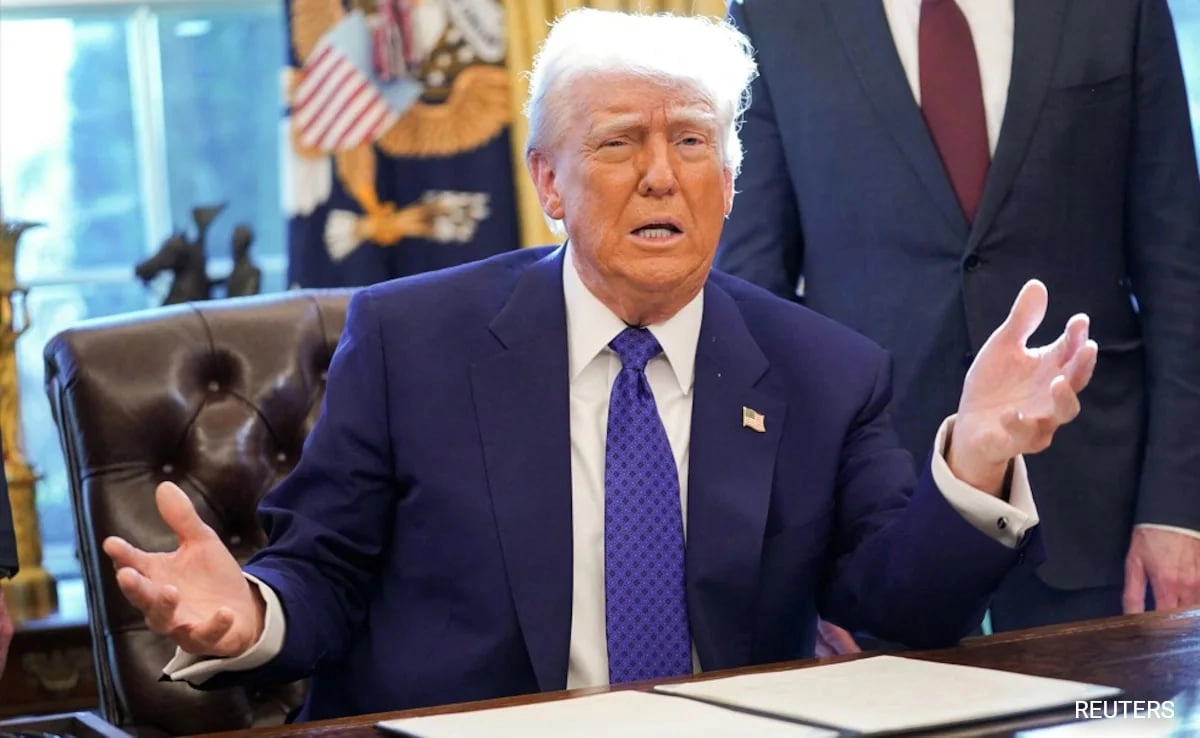The White House has announced that President Trump’s tariffs will take effect immediately following their official announcement. This sudden implementation is part of the administration’s broader strategy to address trade imbalances and protect American industries. By imposing these tariffs, the administration aims to bolster domestic manufacturing and reduce reliance on foreign goods. This approach reflects a significant shift in trade policy, prioritizing national interests over global trade agreements.
The immediate effect of these tariffs is expected to create a ripple effect across various sectors of the economy. Industries that rely heavily on imported materials may face increased costs, which could lead to higher prices for consumers. On the other hand, domestic producers could benefit from reduced competition from foreign imports, potentially leading to job creation within the United States. However, the long-term implications remain uncertain, as retaliatory measures from other countries could escalate trade tensions and disrupt global supply chains.
Critics of the tariffs argue that this approach could harm American consumers and businesses in the long run. Increased costs for imported goods might lead to inflation, affecting everyday purchases for families. Moreover, the possibility of trade wars could result in a less stable economic environment, creating challenges for exporters who rely on foreign markets. As the administration pushes forward with its tariff agenda, stakeholders across the economy will closely monitor the outcomes, weighing the immediate benefits against potential long-term consequences.
In summary, the announcement of President Trump’s tariffs marks a pivotal moment in U.S. trade policy, characterized by an immediate implementation strategy designed to protect American interests. While it may provide short-term advantages for certain sectors, the broader economic implications will require careful consideration as the global trade landscape continues to evolve. The situation remains fluid, prompting ongoing debates about the best path forward for American trade and economic health.




